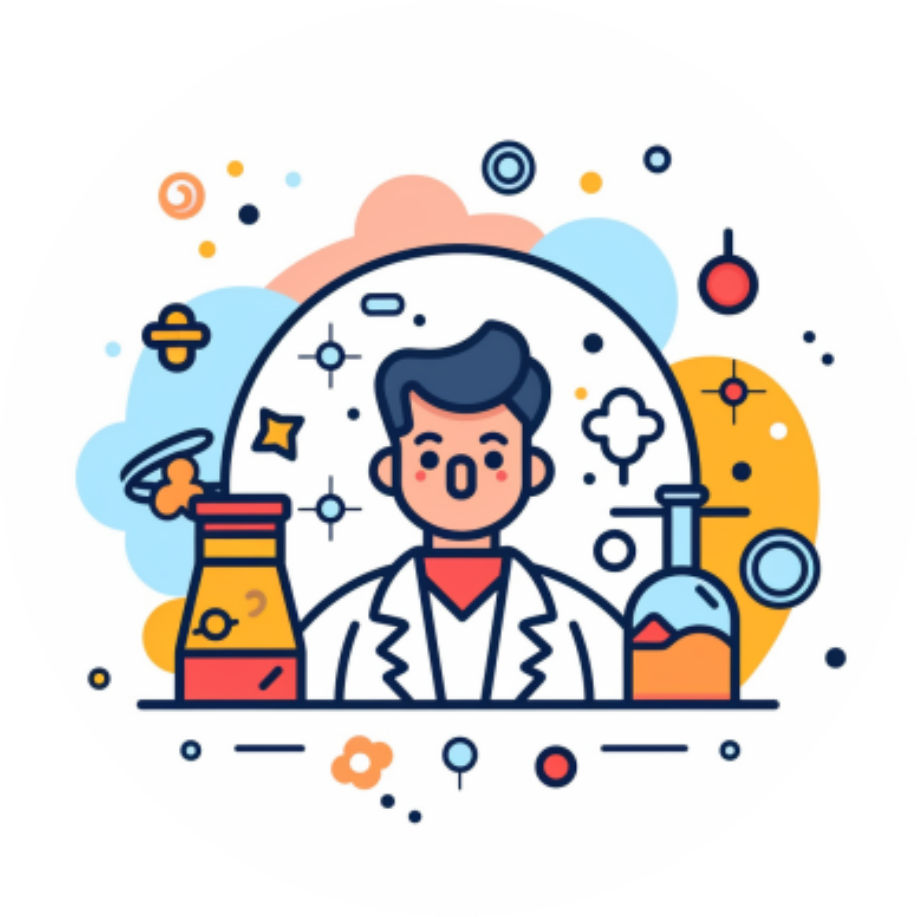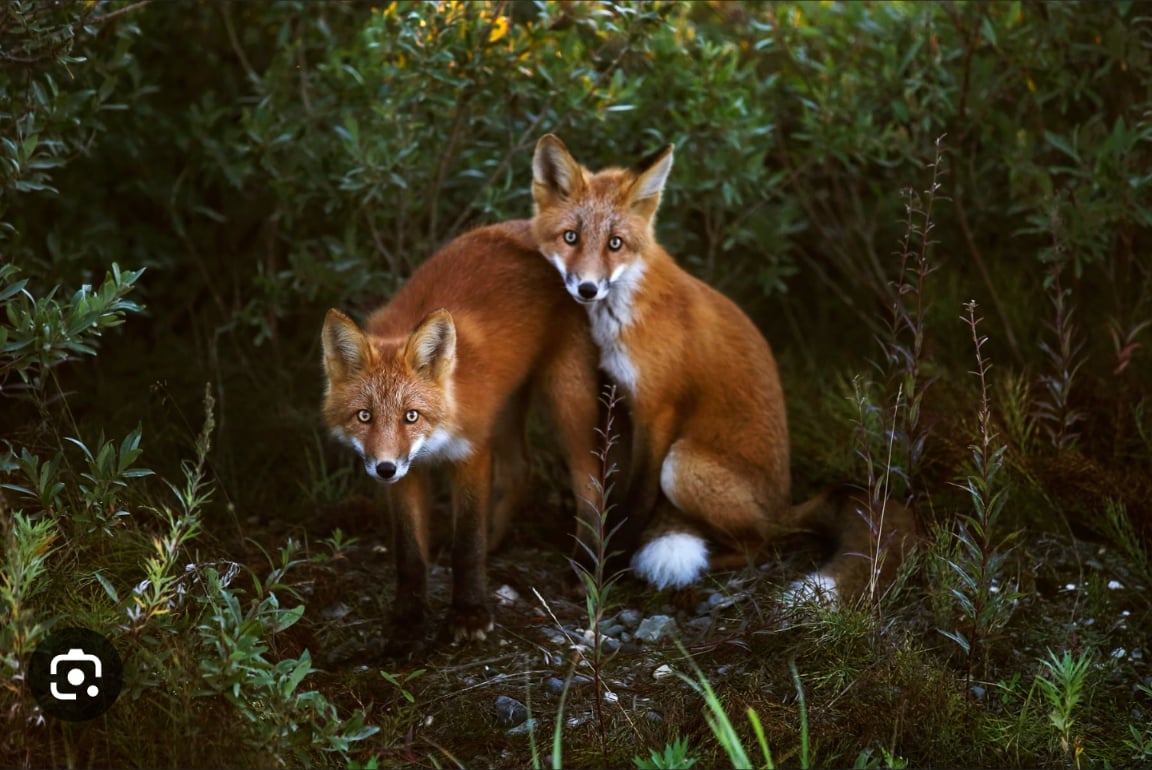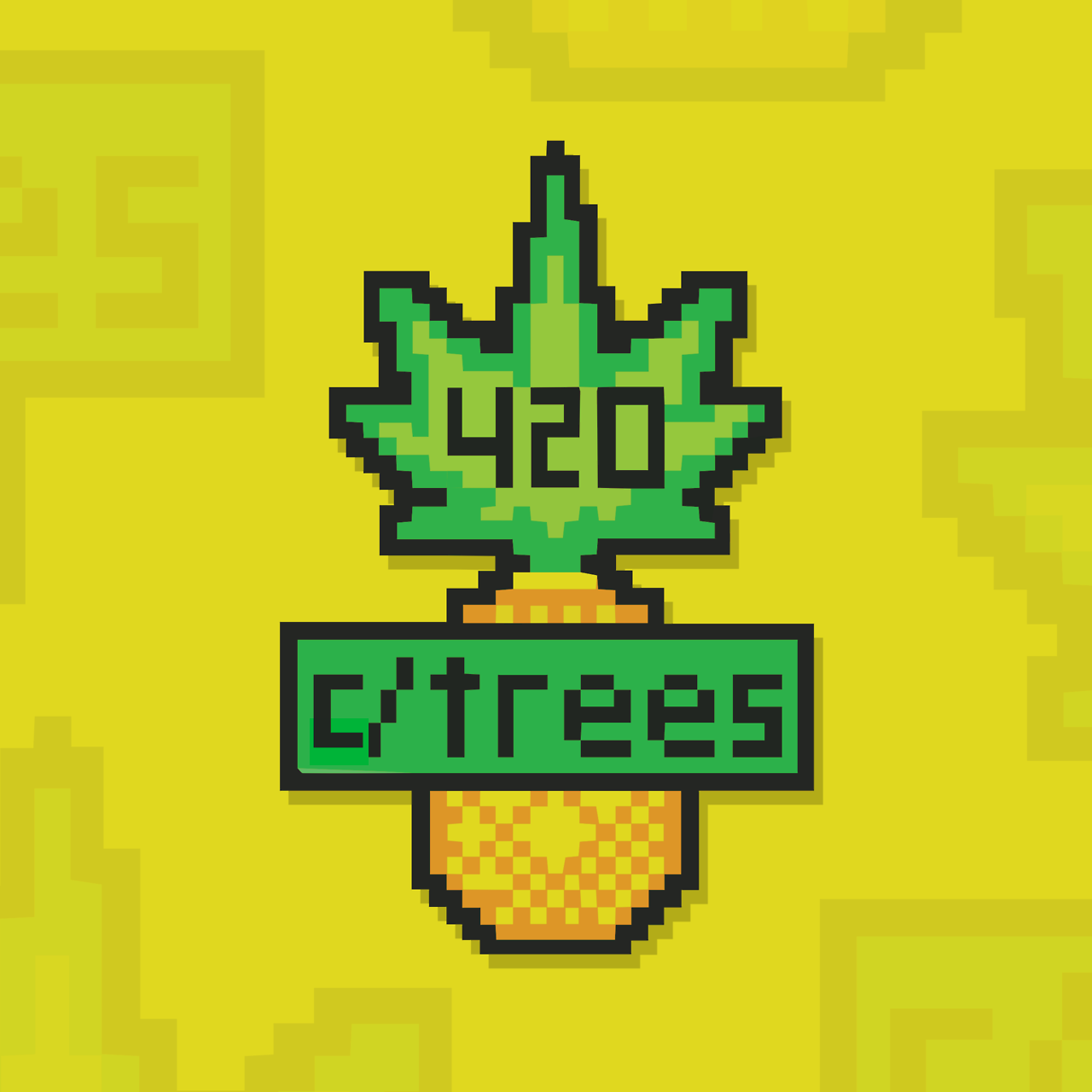spinnetrouble
- 1 Post
- 34 Comments

 5·2 months ago
5·2 months agoIncredible, right?! Telling them you’re moving internationally speeds up account cancelation, but they’ll still keep you on the phone for like ten minutes!

 31·2 months ago
31·2 months agoWhen you cancel your Comcast, telling them you’re moving internationally ends things much faster than saying you’re switching providers.
Above is a free link to a Washington Post op-ed from a year ago about why plastic recycling is bullshit. Here’s a human-generated summary:
- “Recycling” old plastic requires the addition of much more new, unused plastic. At least two-thirds of the most efficiently “recycled” plastic is the new, unused plastic holding the mixture together.
- Plastic is made from petroleum processed with really toxic shit that has never undergone human safety studies. (These are the PFAS that everybody’s squawking about, along with heavy metals.) Plastic threatens human health, and now that we’re starting to look for micro- and nanoplastics in tissue samples and out in the environment, it’s being found everywhere from brains and reproductive organs to the bottom of the Mariana Trench.
- Plastic recycling plants are environmental catastrophes due to the amounts of plastic particles they release into their surrounding areas, putting an even greater health burden on the people living nearby.
- Plastic is for landfills. It goes against everything many of us were taught growing up, but plastic truly is for landfills. The stated goal was “reduce, reuse, recycle,” but industry has really pushed the idea that recycling plastic is enough. It isn’t.
I say this as someone who loves plastic: sherpa fleece, that super soft cotton-poly blend t-shirt material, colorful toys and tchotchkes, and everything else you can make out of a material that light, strong, and durable. I hate that it’s dangerous and damaging because it’s just so fucking convenient!

 21·6 months ago
21·6 months agoWe need more alternatives to plastic, not the same number or fewer. Why wouldn’t we make sustainable materials from waste streams to replace the environmentally harmful ones that we banned ten years ago? Your preferences are one person’s preferences. You’re free to continue using apricot scrubs and baby oil, nobody’s trying to take them away from you. However, I would really like to find an environmentally sound, no-fossil-source, physical exfoliant with greater uniformity than the ones you like. (As an aside, milled pits, seeds, and shells (like nut shells) aren’t good exfoliants for human skin. They’re effective scrubbers, but the milling process leaves a lot of points and jagged edges in the resulting product which causes small tears in the skin barrier, reducing its ability to keep your insides safe from the outside.)
It kind of sounds like you’re neglecting the need for continuing innovation in materials science and engineering. We’re not just talking about replacing the horrific plastic microbeads in cosmetics, we’re talking about doing the work to develop entirely new materials that could potentially be used across a wide range of industries. Relying on pits and shells is definitely not the way forward here when we could be developing replacements for plastic wrap and styrofoam using stuff like food waste, fungi, and seaweeds.

 10·6 months ago
10·6 months agoStarch is a polymer. Cellulose is a polymer. Chitosan is a polymer, as is chitin. They’re just materials made of long chain, repeating units. One of the ways we can “fix plastic” is by making materials that have similar properties out of naturally-derived stuff that has nothing to do with fossil sources, like plants, arthropod shells, and fungi. We leave a LOT of possibilities just lying around in food production waste streams. This is exactly the same as “replacing plastic,” and the only real difference is which version writers like to use in their articles.

 17·11 months ago
17·11 months agoNow we know where reddit took their profit strategy from

 54·11 months ago
54·11 months agoShit, some of them charge the authors to publish.

 5·1 year ago
5·1 year agoIt sounds counterintuitive at first, but if you think of real world examples, it makes a lot of sense. It’s the entire principle that casinos and blind bag toys operate on: you do the requested action (like placing a bet or buying the blind bag), you get something you didn’t want or expect, and you get a little mad that it didn’t go the way you wanted, so you do the requested action again. When it does end up giving you what you wanted, all the times you did the requested action get reinforced, not just the ones where you got the optimal outcome, like a big, “HAH! I knew I was right, I just needed to keep going until my ship finally came in!”
I don’t know what other psychology concepts have similar reliability, but another really interesting one is “diffusion of responsibility” or bystander effect in which the more people witness something terrible, the easier it is for everyone to stand around doing nothing because they assume someone else is taking charge. It’s why pointing directly at someone and saying, “You, call 911!” helps.

 8·1 year ago
8·1 year agoI’m not familiar with quilette, but there was a great Washington Post op-ed that broke down exactly why trying to recycle plastic is a bad idea. Here’s a link to it, no paywall: https://wapo.st/3VRnTNl
1.) Plastic breaks down into micro- and nanoplastic particles and get inhaled or consumed by everybody, and we’re just starting to understand how these bits affect our health (like increased systemic inflammation). Recycling facilities breaking down used plastic release untold amounts of plastic bits into their surrounding environments.
2.) “Recycling” old plastic into usable material requires the addition of a LOT of brand new, never-recycled plastic. It’s not a process where you put in used plastics and get some amount of usable plastic out, recycled plastic is like 30% old plastic and 70% new plastic to hold it all together. This is a process we’ve been trying to optimize for 50 years, and the improvements are negligible.
3.) The recycled plastic we get out of it isn’t safe to use for food and drink. (Have you seen those 20 oz. Coke bottles that say “I’m 100% recycled!”? Don’t drink those.) Nobody’s laying down the law and saying they can’t do that, and it’ll be a long time before anyone overcomes the social inertia and corporate lobbyists to stop that from happening.
Plastics are for landfills. I feel like such a piece of shit every time I throw another piece of plastic in the trash, but it’s the option that’s safest for everybody. (I feel like the French climatologist in Project Hail Mary every time.) Recycling isn’t a goal that will help; we need to adapt and reduce how much plastic we use.

 3·1 year ago
3·1 year agoThis is indeed a gorgeous friend

 15·1 year ago
15·1 year agoThey missed that thing on Matabele ants treating wounds on each other with antibiotics. The ants have done this for so long that they’ve evolved goo pockets to hold their ant-ibiotics https://www.uni-wuerzburg.de/en/news-and-events/news/detail/news/ant-antibiotics/

 71·1 year ago
71·1 year agoThat’s really incredible stuff, especially given how not-fun that part of the game was 😅

 2·1 year ago
2·1 year agoIt probably is still legal, but it’s not something I’ve looked for in like a decade. We do have products that use ground kernels, but those aren’t good to use on skin–the milling process doesn’t produce uniform particles and the pointy bits tend to compromise the barrier skin provides with very small tears.
I completely agree that plastic isn’t necessary for good soap, I just like it. I would definitely buy soap made with ecologically responsible plantstic at least once.
More importantly, using safer, scalable, completely biodegradable, algae-based polymers opens up so many more options for single-use products while simultaneously improving environmental quality. Farming algae and seaweeds removes a lot of contaminants from the ocean, like agricultural fertilizer and solid waste runoff. If we can truly scale up ocean farming responsibly, it’ll be its own “teal cascade” in which the benefits multiply with each step in the process.
-
Farming algae/seaweed doesn’t require the use of inorganic fertilizers when you grow them alongside shellfish like oysters, clams, and scallops
-
Increased protein production through shellfish reduces reliance on agricultural livestock for meat (which is incredibly damaging to the environment)
-
Algae/seaweed can replace fossil carbon in fertilizers and plastics, and reduces cattle methane emissions by 20% or more when added to their regular feed
At each step, we can take more and more petroleum out of the equation just by using methods that are better than sustainable, they actually remediate existing harm.
Plus, I get my scrubby soap back.
-

 5·1 year ago
5·1 year agoI cannot possibly be the only person who misses the soap with the plastic bits in it. If they could do that without the environmental damage (I’m looking at you, Great Lakes ecosystem), I’d be into it

 51·1 year ago
51·1 year agoPart of me agrees with you; part of me is yelling, “Yeah? Many? Name five!” (Admittedly, that’s the American part and it’s kind of an asshole.)

 8·1 year ago
8·1 year agoI feel like IT could yell at OP for a little bit, but would ultimately have to stare the fact that they allowed non-privileged users to just change the operating system square in the face. Like holy hell, 500 employees and anybody can just be like, “Hey, maybe I’ll make a major OS change today because why not?” What else are they letting happen?!
 3·1 year ago
3·1 year agoNot scabies (caused by tiny, parasitic bugs), but scrapie. Scrapie is the sheep form of bovine spongiform encephalopathy, and it’s caused by an abnormal protein in the brain–nothing to do with parasites. The misshapen protein can be found in the brain and spinal cord, and it turns out that grinding animals up wholesale to turn them into meat and bone meal can spread those abnormal proteins to the animals eating their ground up cousins.
Similar illnesses are found in other animals like elk (chronic wasting disease) and humans (Creutzfeldt-Jakob disease, kuru). If I remember right, spongiform encephalopathies are usually rare conditions that come from gene mutations. That’s why BSE (sensationalized as “mad cow disease”) made headlines 30-40 years ago–these sick sheep and cows were showing up in unexpected numbers because of consuming tainted feed, and there was a lot of uncertainty around whether or not humans could develop CJD from eating tainted beef and mutton. It’s really, really unlikely to happen–the last I’d read about it, the people who were confirmed to have contracted CJD all had a super uncommon genetic quirk that made their normal proteins less able to maintain their healthy shape and increased their risk for disease.



It’s a bad title. We’ve known about kleptosomes for a while, but this study talks more about how it works: how the stolen organelles are maintained by the animal and used as an energy source when there’s no food. (Interestingly, when they start to break down the commandeered chloroplasts, the plasts degrade like they do in nature, leading to a color change for the slug!)